Simon Judge
-

How the Wine Industry is Evolving to Stay Relevant to Gen Z
IWSR is reporting that wine markets are increasingly reliant on drinkers aged 55 and above, as younger legal drinking age consumers are drinking wine less frequently. In Australia, for instance, the number of 18–24-year-olds consuming wine at least monthly halved between 2010 and 2023. This trend presents a challenge for wine producers trying to engage…
-
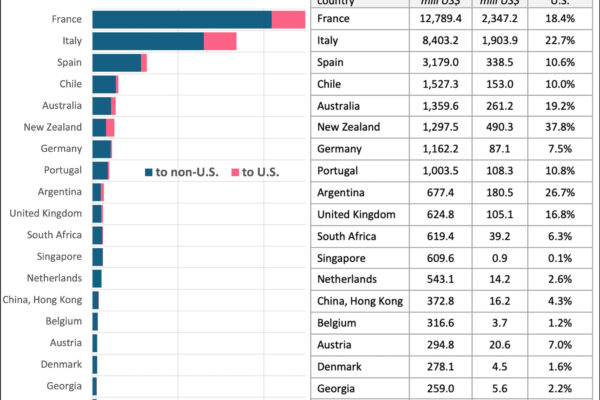
200% US Tariffs
The European wine industry is facing a significant threat following US President Donald Trump’s warning of a 200% tariff on EU wine imports. Trade bodies on both sides of the Atlantic have expressed alarm, warning that such a move would devastate European wine producers and severely disrupt the transatlantic alcohol trade. Ignacio Sánchez, secretary general…
-
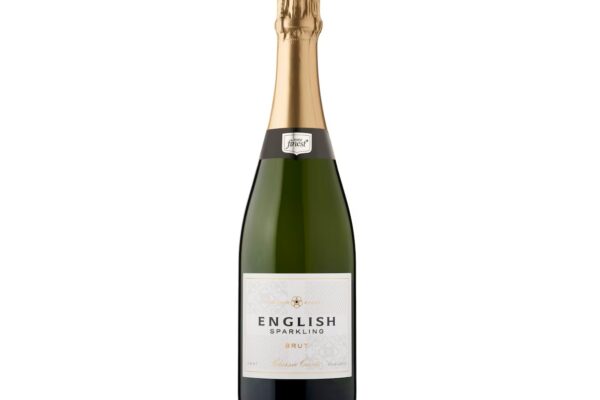
Affordable English Sparkling Wine
Hannah Crosbie in The Guardian newspaper explains how many supermarkets now offer their own-label English sparkling wines, which are sourced from producers and bottled under their name. Some disclose the producer, while others keep it confidential to maintain the brand’s prestige. These own-label sparkling are significantly cheaper than regular English sparkling wines, which usually cost…
-

Irresistible Salice Salentino
Irresistible Salice Salentino is 2020 vintage made from the Negroamaro grape, with an ABV of 13.5%. Produced by Botter, a brand more popular in Belgium, Germany, Holland and France, this wine comes from Masseria Doppio Passo in Puglia, specifically the municipality of Salice Salentino. It’s aged for at least 24 months, including six months in…
-

Domini Veneti ‘La Casetta’ Valpolicella Ripasso
Ripasso wines gain their signature depth and texture from the addition of leftover grape skins from Amarone production, but La Casetta goes a step further. Instead of Amarone, it is re-fermented with the skins from Recioto, a rich, sweet dessert wine, which takes the flavour intensity to another level. Being a Classico Superiore, it comes…
-
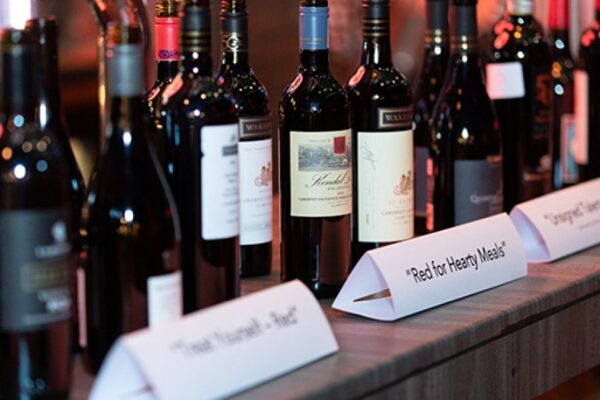
People’s Choice Wine Awards Results
The results of the People’s Choice Wine Awards are out. These consumer-friendly categories attract wine submissions from all over the world, embracing all packaging formats and price points. Entries come from a wide range of sources, including importers, independent retailers, restaurants, bars, supermarkets, and producers. The judging process is a unique blend of expert knowledge…
-
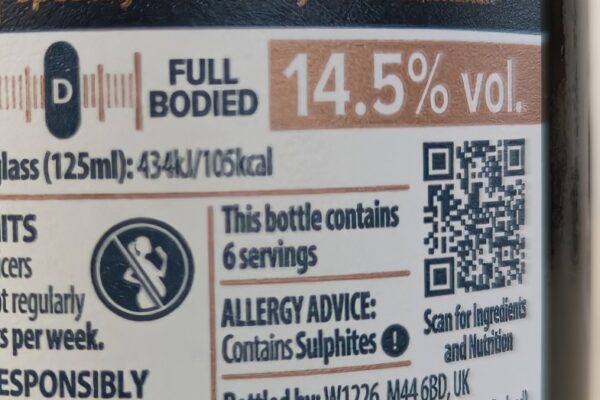
Alcohol Reductions
When it comes to the duty on UK wine, one factor aside from price that is increasingly coming into the equation is alcohol level. By reducing alcohol, producers can actually bring the price of wine down to below what it was before the recent duty increases. Speaking to importers at tastings, this is an ongoing…
-
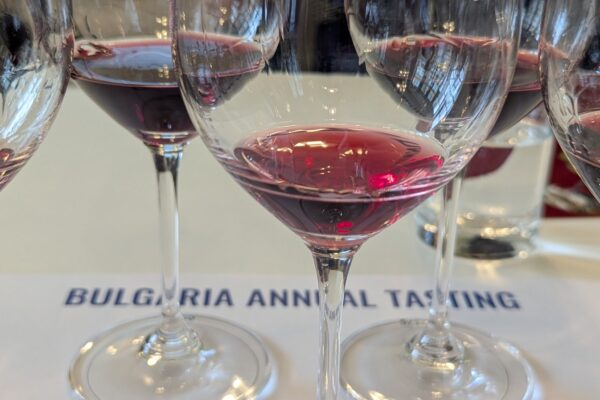
Bulgarian Tasting
In March 2025, I attended the Bulgarian Tasting and Masterclass in London, which specifically focused on the Thracian Lowlands, one of Bulgaria’s two PGI regions. The Masterclass, led by Dr Jamie Goode, centred on Bulgaria’s indigenous grape varieties. The walkaround tasting featuring over 60 wines. Representatives from The Jolly Merchants, Danube Wines, and Swig importers…
-

Understanding Bulgarian Wines
Bulgaria encompasses six thousand years of winemaking tradition, now blending ancient heritage with modern innovation. It cultivates both native varieties and international grapes such as Cabernet Sauvignon and Chardonnay. With over 90% of production exported to markets across Europe, Asia and North America, Bulgaria’s is experiencing a resurgence as a competitive force in the global…
-
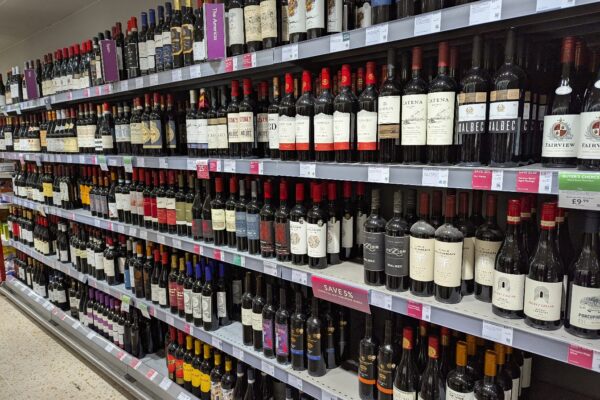
25% Off Wine at Waitrose
Waitrose has 25% off 6 bottles or more of wine and Champagne priced between £6 and £100 from 11 March to 18 March 2025 inclusive. See the recent press tasting for tips on what to buy.
-
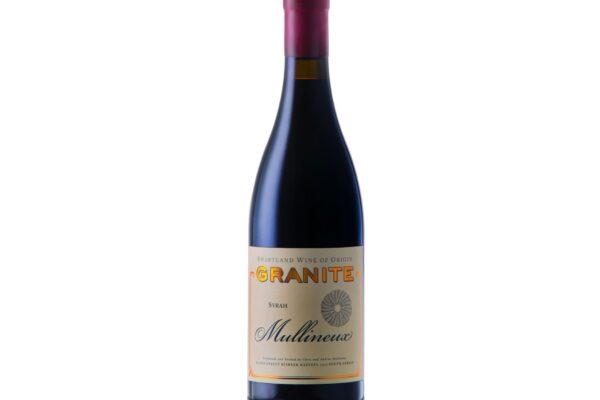
Fine Wines
An article from The Times (link might no longer be public by the time you read this) discusses how London has become the fine wine capital of the world, boasting more restaurants serving top-tier wines than any other city. However, while some people indulge in extravagant vintages, the real measure of a fine wine isn’t…
-
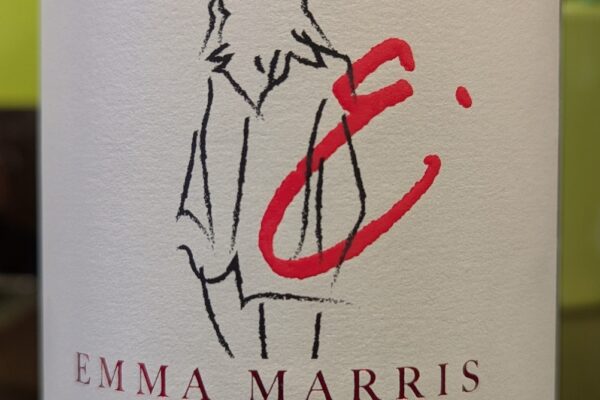
Emma Marris Sauvignon Blanc
Emma Marris, eldest daughter of Brent Marris, the winemaker behind the best-selling Sauvignon Blanc, The Ned, is now making her own mark in the world of wine. Having spent her life immersed in viticulture, Emma fine-tuned her expertise studying at Roseworthy College near Adelaide, and has since stepped into the role of Production Winemaker. This…
-
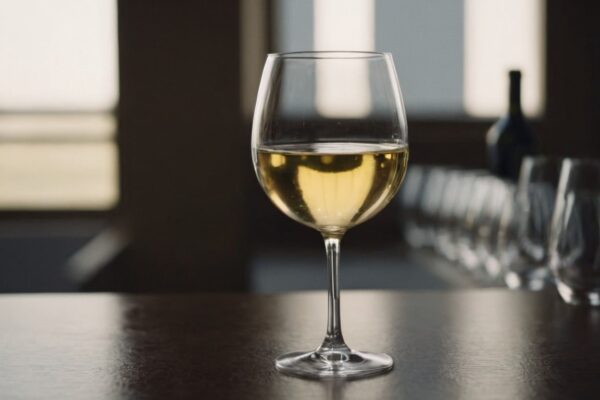
Negative Wine Reviews
You might wonder why all the wines that I and others review seem to be either satisfactory or excellent, with none described as poor. After all, preventing someone buying a bad wine might be seen as important as choosing a good one. When I began posting wine reviews, it became clear that I needed to…
-

Aldi Spring Summer Tasting 2025
I went to the Aldi Spring Summer Press Tasting in early March 2025 in London. Aldi is now the third-largest wine retailer in the UK by volume, across red, white and rosé wines. This year, they expanded their Unearthed and Specially Selected wine ranges and also had some interesting new additions from Washington State. There…
-

Fairview Barrel-Aged Pinotage
Fairview has been producing Pinotage since the 1970s, with vintner Charles Back continuing the tradition with this wine. This particular vintage, from 2022, has an ABV of 13.5% and has been aged in seasoned oak barrels. The 2020 vintage previously won a bronze medal at the International Wine Challenge. Pinotage was created in 1925 by…
-

Moillard-Thomas Chablis
Moillard-Thomas Chablis is produced by one of the region’s oldest wine merchants, known for their long-standing expertise. This 2023 vintage is made in stainless steel vats, unoaked as is typical for non-Premier Cru Chablis. The 2021 vintage of this wine was recognised with an IWC award in 2022, highlighting its quality. This Chablis is 12.5%…
-

Rustenberg Stellenbosch Malbec
This bottle was a gift from someone who came to one of my past wine tastings – thanks, Hugh. It already has a few accolades, including 91 points from James Suckling in 2023, 90 points from the Tim Atkin SA Report and a Gold Medal from the Michelangelo Wine and Spirits Awards . At 14%…
-
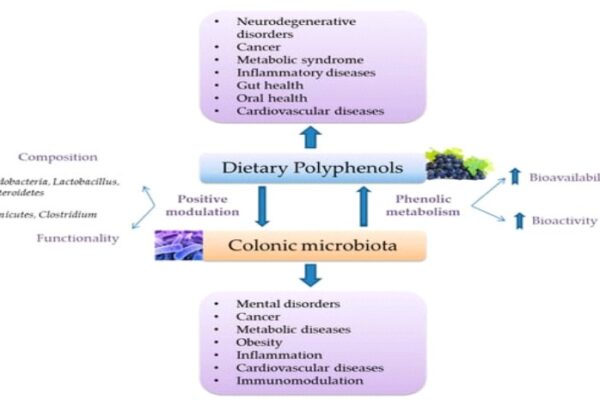
Wine, Neuroprotection and Gut Health
More new research (pdf) helps to balance the currently overly-negative narrative of wine and health. Chapter 6 of Nourish Your Mind: A Scientific Approach to Brain Health explores the role of phenolic metabolites from wine and their effects on cognitive and digestive processes. The chapter examines how these compounds, particularly polyphenols, contribute to neuroprotection, gut…
-

SITT Spring Tasting 2025
In late February 2025, I attended the Specialist Importers’ Trade Tasting (SITT) in London. With 47 specialist importers showcasing over 700 wines from diverse regions including Argentina, Australia, Austria, Bulgaria, Germany, Lebanon, Moldova, Spain, Ukraine, the USA, Italy, the United Kingdom, and South Africa, there was an impressive array to explore. The wines are exclusively…
-

Shifts in Global Alcohol Consumption Patterns
The IWSR’s Bevtrac 2024 Wave 2 report highlights a significant shift in global alcohol consumption patterns, with moderation becoming a prevalent trend across all demographics over the past year. While a surge in complete abstinence observed in 2023 appears to have been temporary, consumers, including younger legal drinking age individuals, are now returning to alcohol…
Did You Know?
For Crémant, grapes must be harvested by hand and the wines must undergo at least nine months’ ageing before release. More
In 2024, the UK was the second-largest export market for Champagne globally, after the United States. More
Local UK bottling of wine represents about 40% of imported wine. More
Around 1% of people, typically severe asthmatics, have a sulphite sensitivity. More
A large 80% of Australian wine arrives in the UK in bulk. More
Only about 0.02% of Australia’s landmass is dedicated to vineyards. More
In 2024, New Zealand produced only 1% of the World’s wine. More
In 2024, the US imported 37% of World production of Pinot Grigio and the UK was is in second place at 27%. More
In 2024, the UK was South Africa’s largest export market, with 40% of total exports. More
In 2024, the United Kingdom imported 22.3 million bottles of Champagne, a decline of 12.7% compared to the previous year. More
Larger Champagne producers source grapes from as many as 80 different vineyards throughout Champagne. More
Champagne houses and growers collectively produce around 300 million bottles annually. More
In 2025, the Champagne region was home to about 2,124 Champagne houses and approximately 19,000 growers. More
Provence is one of the leaders in the conversion to organic viticulture, with 61% of vineyards certified. More
8% of the South Africa’s grape production is Fairtrade-certified. More
Up to 80% of wine aroma compounds come from grape skins. More
Glycerol is the third-largest component of most dry wines after water and alcohol which is why they so often feel ‘smooth’ or ‘silky’ in the mouth. More
Humans are more than 400 times more sensitive to bitter than sweet. More
Humans can detect the earthy molecule geosmin at about 100 parts per trillion and camels are so sensitive to it they can locate damp ground from roughly 50 miles away. More
During the phylloxera crisis of the nineteenth century, 90% of Europe’s vineyards were destroyed. More
In 2025, for La Vieille Ferme, also known as “The Chicken Wine”, sales surged by 49.4% to £110.8 million. More
In 2025, in the UK, Yellow Tail held the top position with sales, marking a 9.8% increase over the previous year. More
In 2024, the UK was the second-largest wine importer in volume and value. More
In 2024, the UK was the fifth-largest wine-consuming country globally. More
In 2025, global wine consumption continued its downward trend, estimated at 214.2 million hectolitres, the lowest since 1961. More
In 2025, online alcohol sales had a 20% increase in value over five years. More
In 2025, the number of UK vineyards rose to 1,104 and wineries to 238, with land under vine expanding to 4,841 hectares, a 510% increase since 2005. More
Moët Hennessy alone commands nearly 46.66% of the Champagne market, with the top three producers together holding about 61%, and the top five controlling over 72%. More
In 2024, the Champagne market was worth roughly €3.92 billion. More
In the marketing year 2023/24, white wine accounted for roughly 55% of Spain’s output, whereas red and rosé together made up about 45%. More
In the UK, 92% of wine is consumed within 48hrs of purchase. More
The majority of wines, 95%, use commercial rather than wild yeast. More
Between 0.5 and 10 litres of water, per litre of wine, are needed for cleaning during winemaking. More
Machine harvesting can achieve up to 100 tons of fruit per day vs 1 ton for a human. More
In Germany, 2025 was the smallest wine vintage since 2010. More
The majority of vineyards, 90% in 2019, are farmed with heavy chemical interventions. Only 6% are organic. More
90% of low and coastal areas in south Europe and California will no longer be able to produce good wine by the end of the century. More
Tools
Recent
-

Poulsard Fruitiere Vinicole D’Arbois
-

Iskar Rară Neagră
-

The Bibendum Wine Trend Report and What it Means for UK Wine Lists
-

25% Off Specially Selected Wine at Aldi
-

Moillard Crémant de Bourgogne Chardonnay
-

Light Strike Can Cause Wine Degradation in Just One Day
-

Château Méaume Matured Bordeaux Supérieur
-

Surani Costarossa Primitivo di Manduria
-

Traditional Method
-

€0.01 Bottle of Wine in French Supermarket
Tags
25% Off Wine Aldi Amarone Argentina Articles Asda Australia Award Awards25 Bibendum Bizarre Blog Books Bordeaux Cabernet Sauvignon Carménère Cava Champagne Chardonnay Chile Climate Change Coop Costco Decanter Duty English Wine EPR Events Fairtrade Food France Furmint Germany Glossary Greece Headaches Health Hungary Italy IWSC Jeroboams Laithwaites Legislation Liberty Wines Lidl Low Alcohol M&S Majestic Malbec Merch Merlot Morrisons Natural News New Zealand Non-Alcoholic Ocado Old Vine Organic Past Tastings Pinotage Pinot Noir Port Portugal Primitivo Prosecco Regulations Reviews Ribera del Duero Riesling Rioja Ripasso Rose Sainsbury's Saperavi Sauvignon Blanc Shiraz Sicily South Africa Spain Sparkling Supermarkets Sustainable Tax Terroir Tesco The Wine Society Unrepresented USA Valpolicella Vinho Verde Virgin Wines Waitrose Wanderlust Welsh Wine What to Buy Wine Art WineGB WIne Glasses Zinfandel



